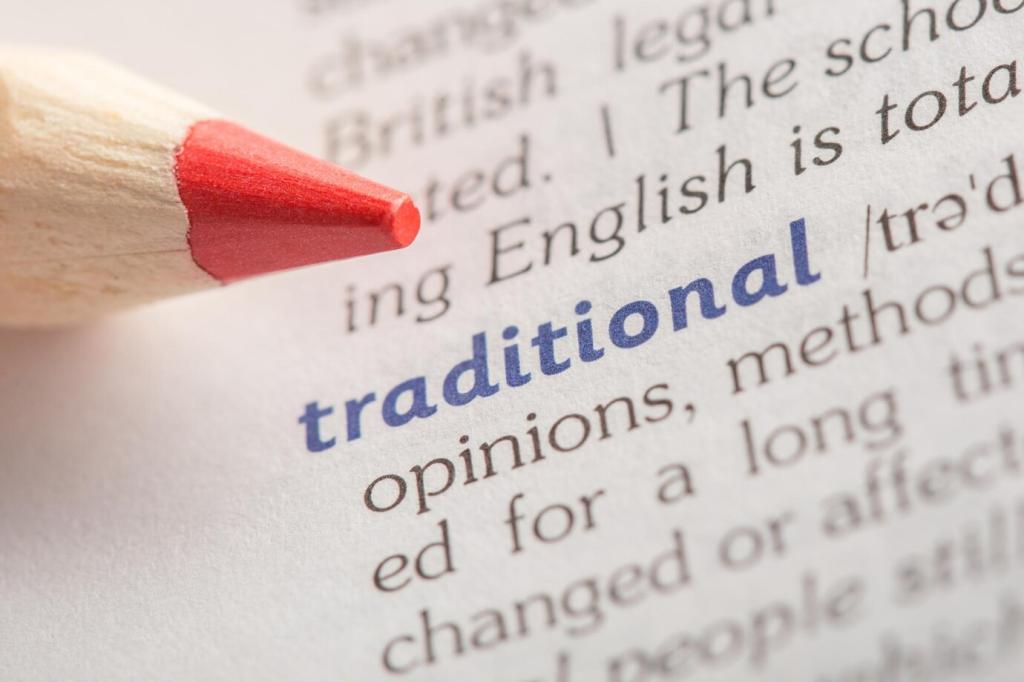Families, Communities, and Schoolwide Alignment
Open the year with brief interviews about language histories, literacy practices, and cultural assets. Use insights to shape texts and tasks. Share your most surprising discovery from these conversations, and how it reshaped a unit to reflect students’ lived multilingual realities.
Families, Communities, and Schoolwide Alignment
Invite local translators, authors, and heritage speakers for mini-workshops. One school paired students with radio hosts to polish bilingual scripts. Ask your community which expertise they can offer this term, and let readers know how you coordinate schedules and prepare mentoring materials.








